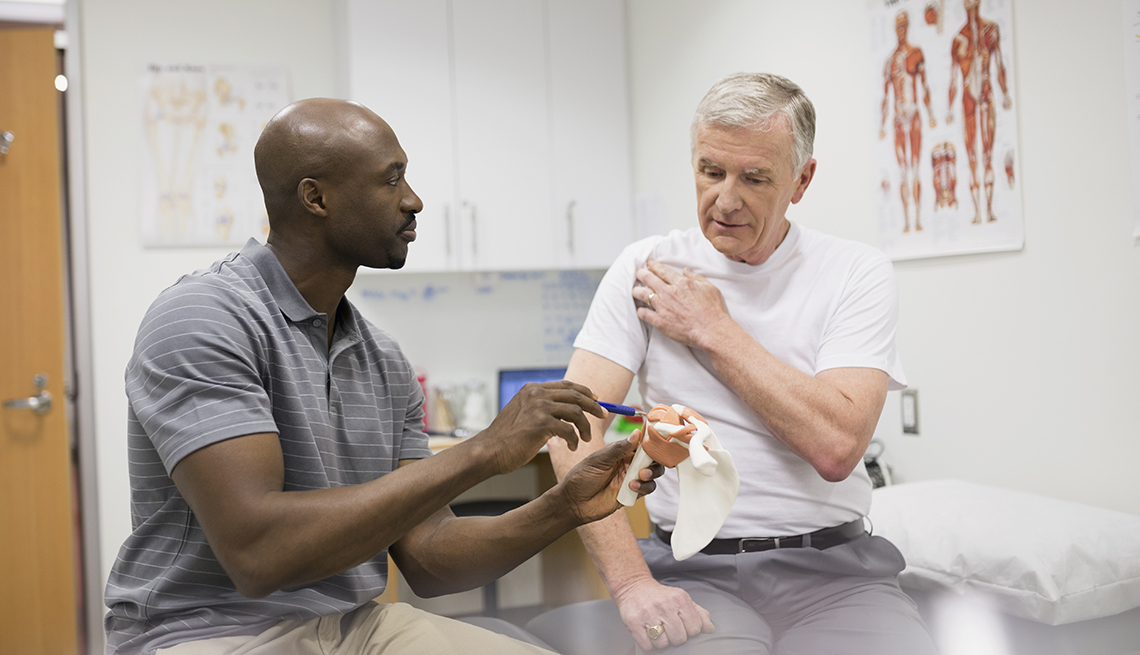Understanding Frequent Sports Injuries as well as Effective Recovery Plans for Athletes
Understanding Frequent Sports Injuries as well as Effective Recovery Plans for Athletes
Blog Article
Sports injuries are frequent among sportspeople of all ages and skill levels. These injuries can occur in multiple forms, including ligament injuries, strains, breaks, and tendon inflammation. Comprehending the types of injuries that can occur during athletic activities is crucial for not only prevention and treatment. Ligament injuries, for example, entail the stretching or tearing of connective tissues, which connect skeletal structures at a articulation. Muscle injuries, on the other hand, affect muscles or tendons, which attach muscles to skeletal structures. Identifying these injuries promptly can help sportspeople obtain suitable treatment and return to their activity more quickly.
One of the most commonly seen injuries in sports is the ankle ligament injury. This trauma often occurs when an individual lands awkwardly or rotates their foot during a game. Symptoms of an ankle ligament injury include discomfort, swelling, and trouble moving. Immediate care typically includes the R.I.C.E. approach, which represents for Rest, Cooling, Compression, and Lifting. This approach aids reduce swelling and pain. In more severe situations, physical treatment may be necessary to regain strength and mobility to the ankle before going back to sports.
Another frequent injury is a muscular injury, which can happen in any athletic activity that requires sudden movements or heavy weight-bearing. Athletes may suffer a muscle strain when they extend a muscle too much or when they apply too great effort. Signs include sharp discomfort, swelling, and muscular spasms. Recovery for muscle strains often entails gentle flexibility exercises and strengthening workouts. Slowly increasing exercise levels is vital to prevent re-injury. Sportspeople should collaborate closely with a rehabilitative therapist to create a safe and effective recovery plan.
Tendonitis is another injury that can affect athletes, particularly those who participate in frequent movements, such as joggers or swimmers. This condition occurs when a tendon structure, which connects muscle to skeletal structure, gets swollen. Frequent locations involved by tendonitis include the arm, upper arm, and leg. Symptoms often include discomfort and stiffness, especially during movement. Care for tendonitis usually includes recovery, cooling, and pain-relief medications. In some situations, physical therapy may be suggested to improve flexibility and strength in the affected area.
Preventing athletic traumas is just as important as addressing them. Sportspeople can reduce their chance of injury by warming up properly before activities, using the right gear, and keeping good fitness shape. Strength training and flexibility exercises can help ready the body for the demands of sports. Additionally, athletes should pay attention to their physical condition and allow breaks when necessary. By comprehending frequent athletic traumas and implementing efficient rehabilitation plans, athletes can stay healthy and participate in their favorite athletic activities for a look at this now long time to come.